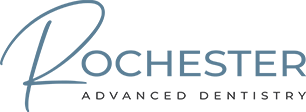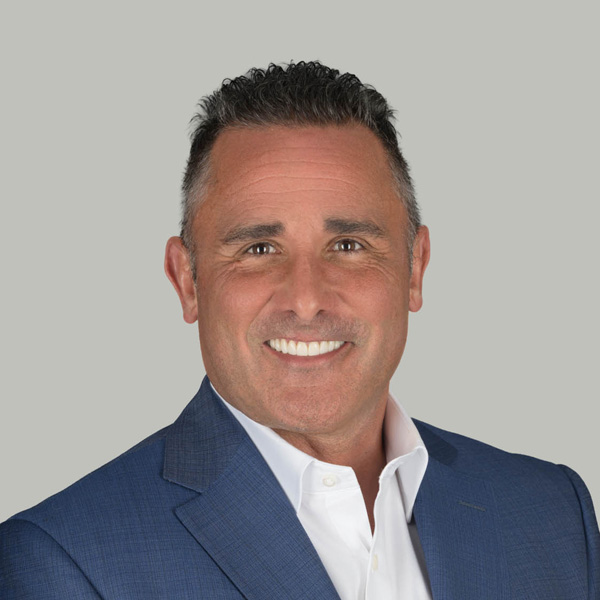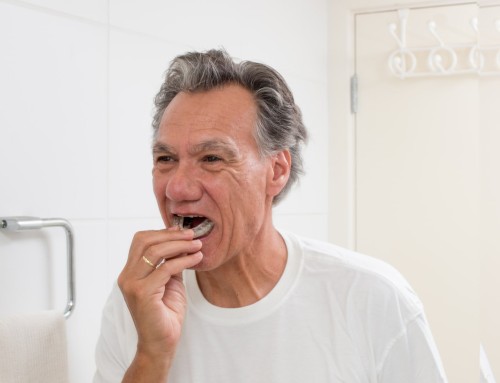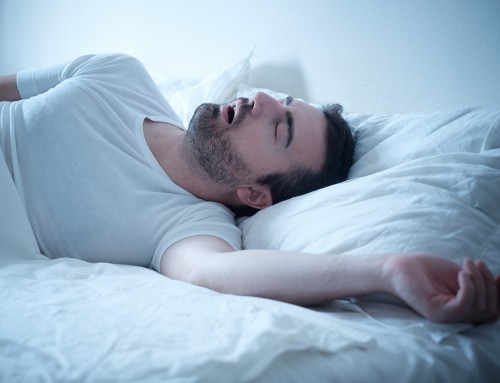Sleep apnea is a serious condition, and managing it often involves an interdisciplinary approach, including dental sleep medicine.
Often, a dentist is an essential part of that team. They can perform essential functions to improve sleep apnea treatment, improve patients’ quality of life, and potentially save their lives. The American Dental Association (ADA) and the American Academy of Dental Sleep Medicine (AADSM) both recognize several important roles dentists can play in this process.
Diagnosising OSA
Through effective screening, dentists play a critical role in the early diagnosis of sleep apnea within the scope of dental sleep medicine. Although there has recently been an effort to identify sleep apnea risks and diagnose the condition, it has been estimated that over 80% of people with the condition remain undiagnosed. Dentists can reduce the proportion of undiagnosed sleep apnea through appropriate screening.
Many easy general screening tools are available to identify people at an elevated risk for sleep apnea who should speak with their doctor about the condition. These screening tools may take a few minutes to complete by asking about symptoms like snoring. Dentists should find one or more that they are comfortable with and add them to their procedures for routine checkups.
In addition, dentists should examine patients for risk factors that they are uniquely positioned to identify, including:
- Narrow jaw arch
- Retruding jaw
- Large tongue
- Large tonsils and uvula
- Extended soft palate
- Nasal septum deviation
Identifying these features should lead to more targeted questions about sleep apnea and/or snoring, the potential use of imaging to identify a narrow airway, and referral to a sleep physician.
Coordinating OSA Diagnosis
Dentists–even accredited sleep dentists–cannot diagnose sleep apnea. Only sleep physicians can diagnose the condition. However, sleep dentists can coordinate the diagnosis if they have developed a good relationship with their patients.
Sleep dentists can refer patients to a sleep physician for diagnosis. However, dentists can sometimes take an even more significant role by coordinating the delivery of a home sleep test to their patients. This sleep study can take place in a patient’s own bed, with the results sent to a sleep physician for review and diagnosis.
Explaining Treatment Options
Once a patient receives a sleep apnea diagnosis, a sleep dentist can explain the various treatment options. These treatment options should include:
- CPAP: Continuous positive airway pressure is still considered the gold standard for sleep apnea treatment. When tolerated and properly used, it can achieve superb results for patients. However, since about half of patients prescribed CPAP do not use it long-term, it’s important to explain CPAP alternatives.
- Oral appliance therapy: Oral appliance therapy (OAT), a key component of dental sleep medicine, is an excellent primary treatment option for patients with mild to moderate obstructive sleep apnea. It also serves as a valuable secondary treatment for those with severe obstructive sleep apnea who cannot tolerate CPAP. As of 2023, one oral appliance has even received FDA clearance for the treatment of severe sleep apnea, highlighting its effectiveness within the field of dental sleep medicine.
- Lifestyle modification: Changing lifestyle factors like sleeping position, alcohol use, BMI, and exercise level can all positively impact a patient’s sleep apnea. Lifestyle modification is only a good standalone treatment for mild and asymptomatic sleep apnea but is a good adjunctive therapy for all sleep apnea patients.
- Surgery: For most adults, surgery is seen as a last-ditch sleep apnea treatment after CPAP and oral appliance therapy have failed to yield good results. However, surgery is often considered earlier for children with sleep apnea.
At Rochester Advanced Dentistry, we enhance traditional oral appliance therapy through the SLEEP APNEA PRECISION APPROACH™—a method that uses precision diagnostics and jaw alignment principles to improve airway patency while maintaining comfort and jaw health.
Fabricating Oral Appliances
Once patients select oral appliance therapy as their chosen treatment method, a dentist will evaluate them to ensure they are appropriate candidates for the therapy. Dentists will assess whether patients:
- Have enough teeth to support an apnea appliance
- Are free from periodontal disease that could cause tooth mobility
- Don’t have prohibitive temporomandibular joint disorders
- Can open their mouth wide enough to accommodate an appliance
The dentist will custom-fit an oral appliance if a patient is a good choice for oral appliance therapy.
Although many types of oral appliances are available, the ones with the best data to support their effectiveness are mandibular advancement devices. These devices work by repositioning the jaw to hold the airway open.
In addition, some oral appliances also work to expand the jaw using orthodontic techniques. This has the potential to “cure” some patients of sleep apnea. In some studies, more than 25% of patients using this type of appliance saw their sleep apnea essentially eliminated.
Monitoring Treatment Efficacy
Fitting the appliance is only the beginning. Dental sleep providers must monitor the appliance’s effectiveness through:
- Titration: Adjusting the appliance incrementally to maximize airway support.
- Follow-up sleep studies: Confirming improvement in breathing and sleep quality.
- Annual reviews: Checking for continued effectiveness and identifying any signs of relapse or discomfort.
The SLEEP APNEA PRECISION APPROACH™ emphasizes this long-term care model, ensuring that treatment remains effective as patient needs evolve.
Managing CPAP and Appliance Side Effects
In addition to monitoring efficacy, sleep dentists should watch for dental side effects related to CPAP and oral appliances.
CPAP can dry out the oral cavity, even if a humidifier is used to achieve patient comfort. This can lead to accelerated tooth decay that a dentist should monitor and treat. In addition, the pressure from a CPAP mask and straps can change the dental arch’s shape over time, affecting the teeth and bite and impacting a patient’s facial appearance.
Oral appliance therapy can also lead to multiple side effects. If a patient is clenching and grinding on the appliance too much, the teeth, jaw, and the appliance could be damaged. A dentist should find a comfortable, restful position for the appliance that also provides therapeutic results. This may mean changing the appliance. Dentists should also help patients manage oral diseases that can be affected by oral appliances.
Finding a Sleep Dentist Near You
If you suspect sleep apnea or are struggling with CPAP, working with a dentist trained in dental sleep medicine is key. You can start by searching the AADSM member directory or asking for referrals from others who have used oral appliance therapy.
Dr. Jeffrey S. Haddad is a member of the American Academy of Dental Sleep Medicine and offers comprehensive sleep apnea care at Rochester Advanced Dentistry. His approach combines clinical precision, airway-focused diagnostics, and custom treatment planning through the SLEEP APNEA PRECISION APPROACH™. To begin your path to better sleep and health, call (248) 656-2020 or click the button below to request an appointment.




